Understanding habitats Building Vocabulary Worksheets for Ages 3-8
3 filtered results
-
From - To
Explore our "Understanding Habitats Building Vocabulary Worksheets for Ages 3-8" designed to enrich your child's knowledge about different habitats while building essential vocabulary skills! Tailored for young learners, these engaging worksheets help kids aged 3-8 expand their vocabulary through fun-filled activities centered around various natural environments. Children will identify and learn words related to forests, oceans, deserts, and more, enhancing language development and comprehension skills. Our printable worksheets support reading readiness and ecological awareness, making learning both educational and enjoyable. Perfect for parents and educators seeking interactive and effective resources for early-grade students. Explore now!
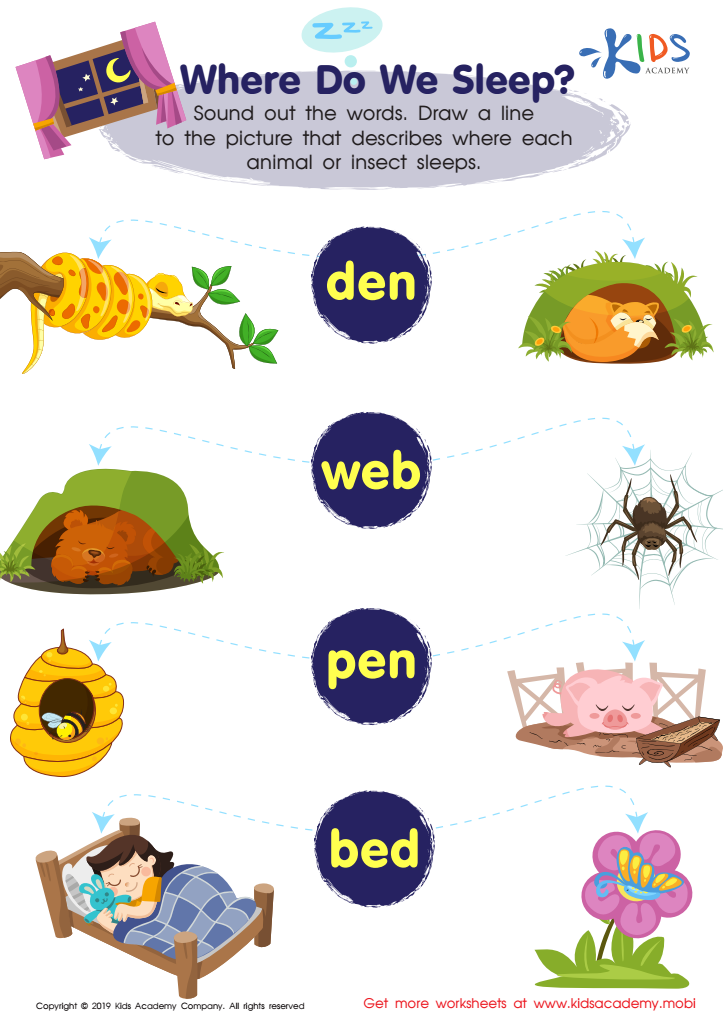

Where Do We Sleep Worksheet
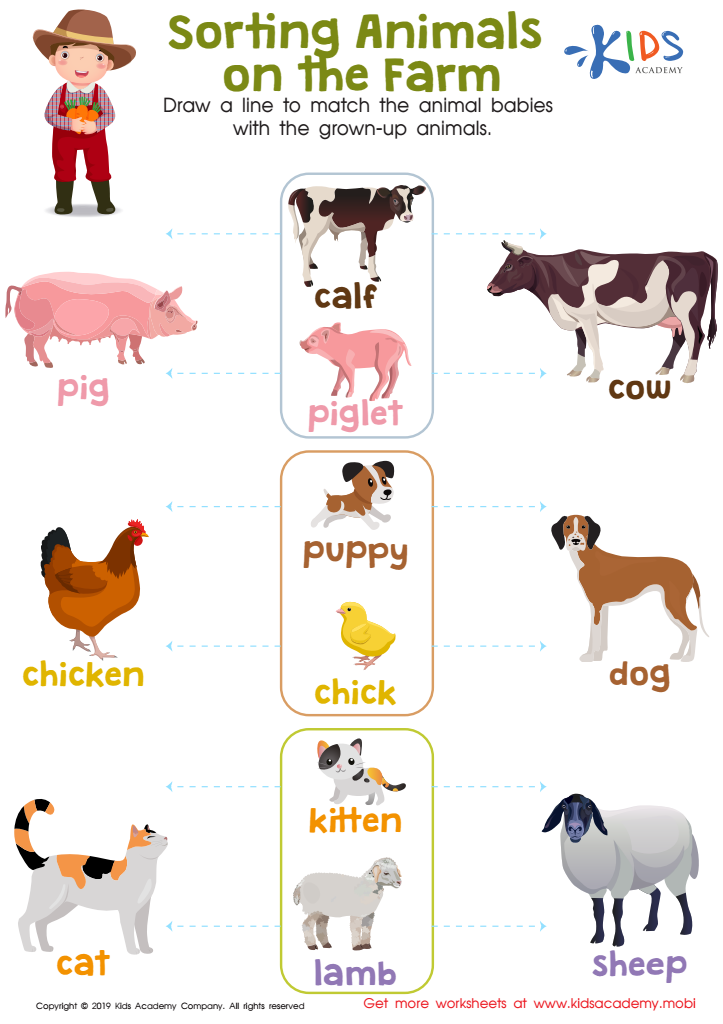

Sorting Animals on the Farm Worksheet
Understanding habitats and building vocabulary are foundational aspects of early childhood education that parents and teachers should prioritize. When children learn about different habitats, they gain an appreciation for the natural world and the variety of life it supports. This helps cultivate empathy, environmental awareness, and a sense of responsibility towards nature. Additionally, understanding habitats can spark curiosity and a love for science, setting a positive attitude toward learning.
Building vocabulary is another critical component of early development. A robust vocabulary not only enhances children’s ability to express themselves clearly but also underpins their literacy skills. Words are the building blocks of reading and writing, and having a broad vocabulary helps children understand texts better, contributing to academic success. When kids are introduced to terms related to different habitats (e.g., forest, desert, ocean), they not only learn about the environment but also develop language skills that will benefit them across all subjects.
Combining these two educational focuses can create a rich, interdisciplinary learning experience. For example, a lesson on habitats can include new vocabulary, storytelling, and hands-on activities like habitat dioramas. By integrating environmental education with language development, parents and teachers provide a holistic learning experience that prepares children for future academic pursuits and responsible citizenship.

 Assign to My Students
Assign to My Students
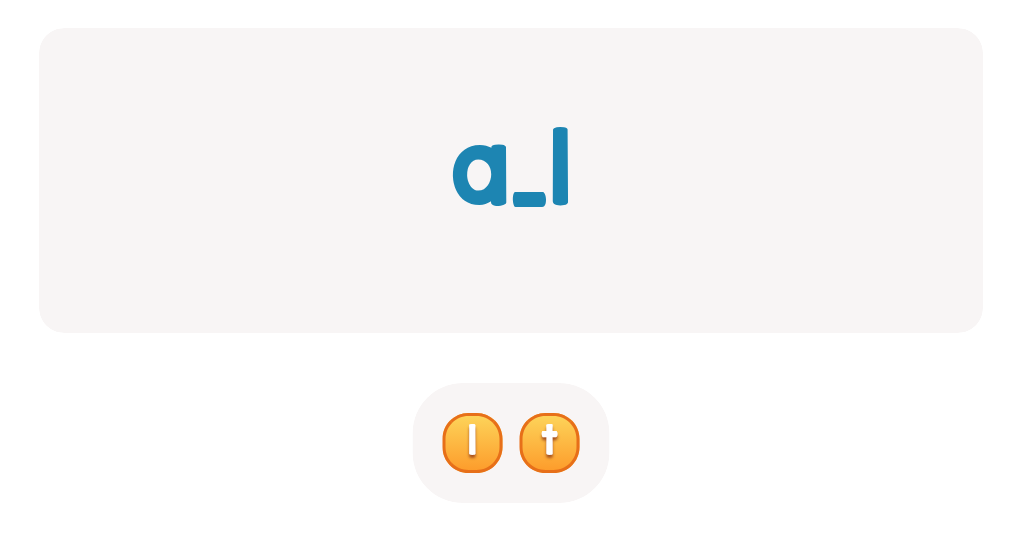

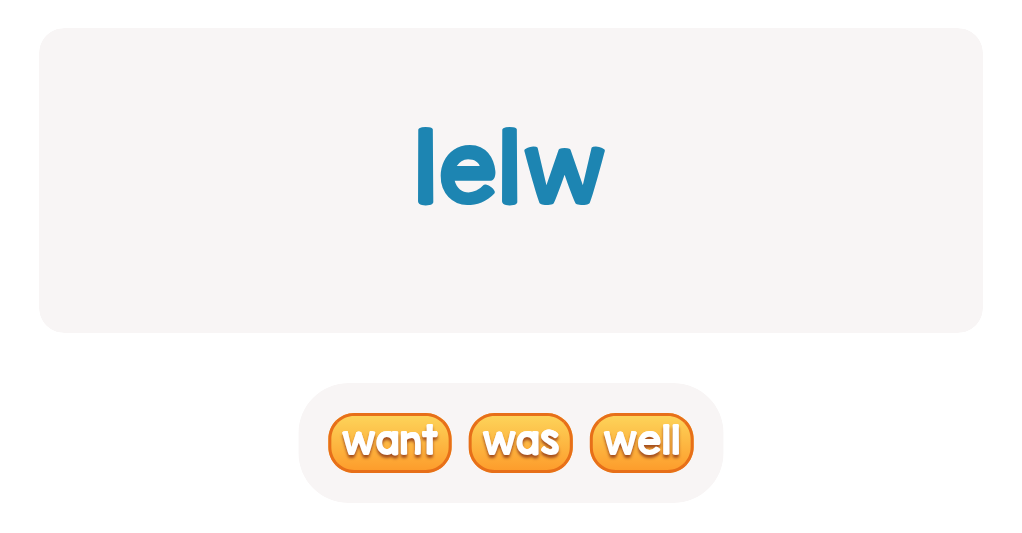
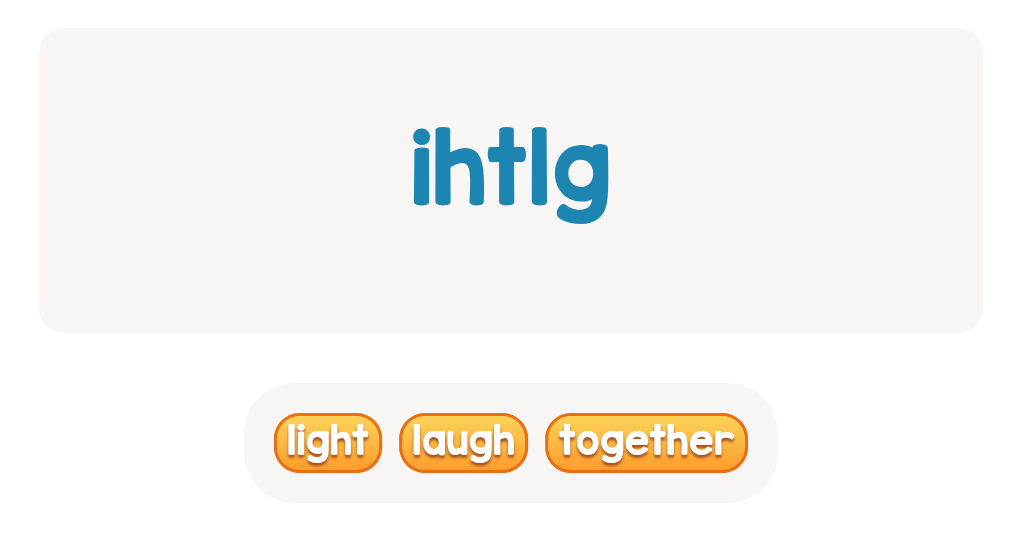
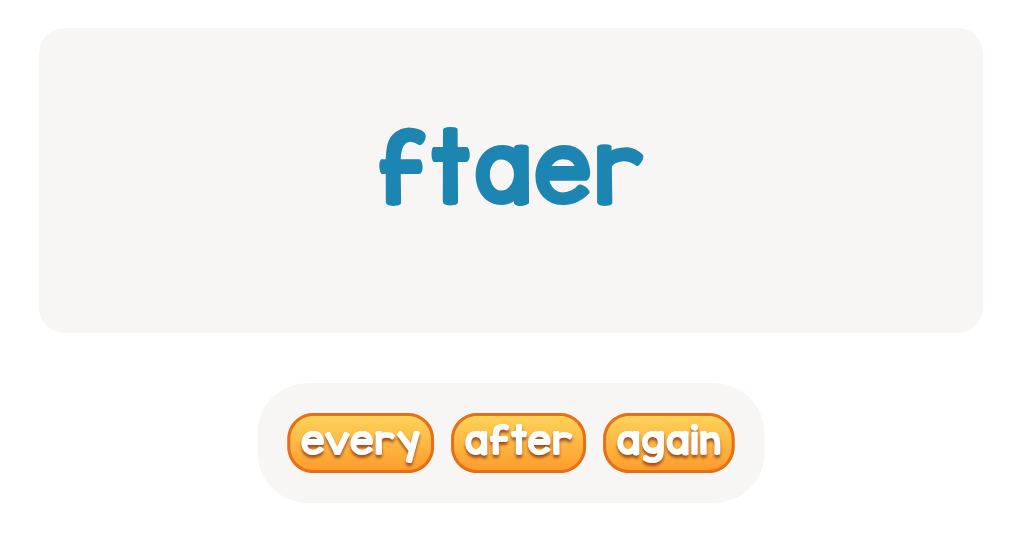
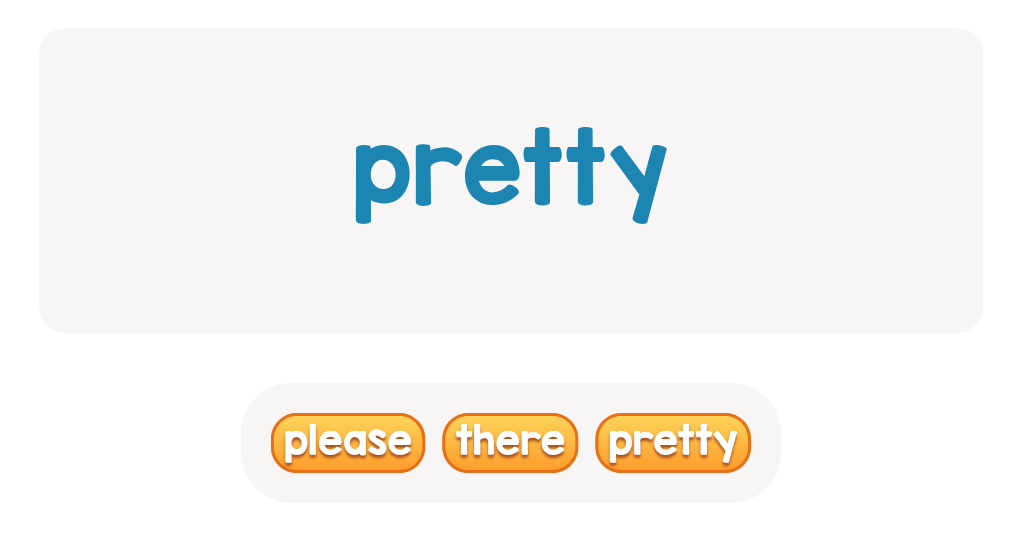
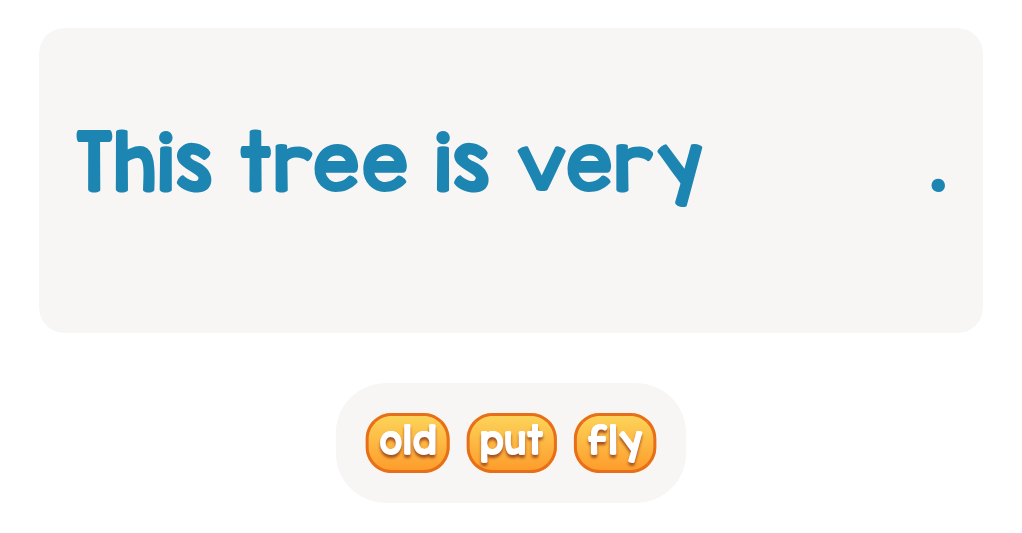
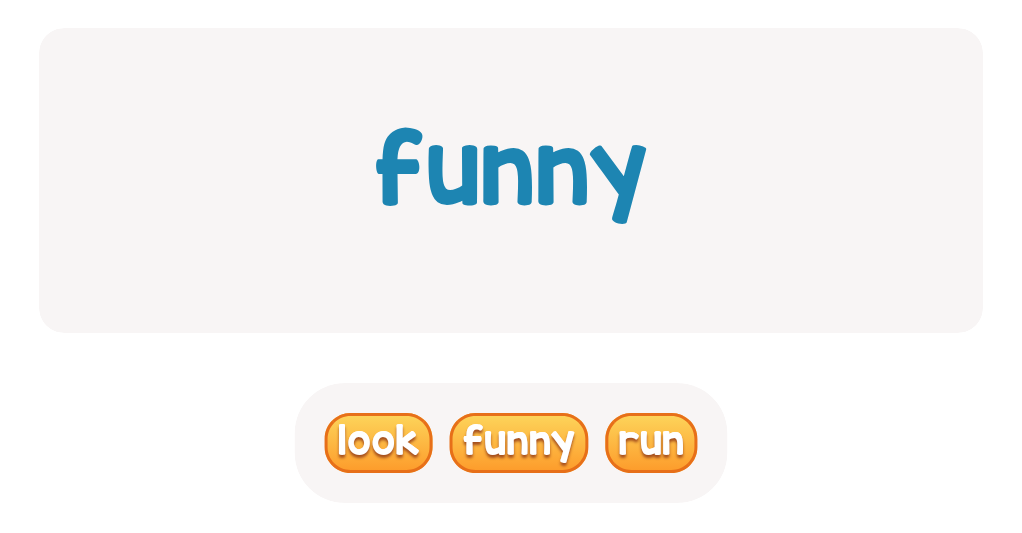
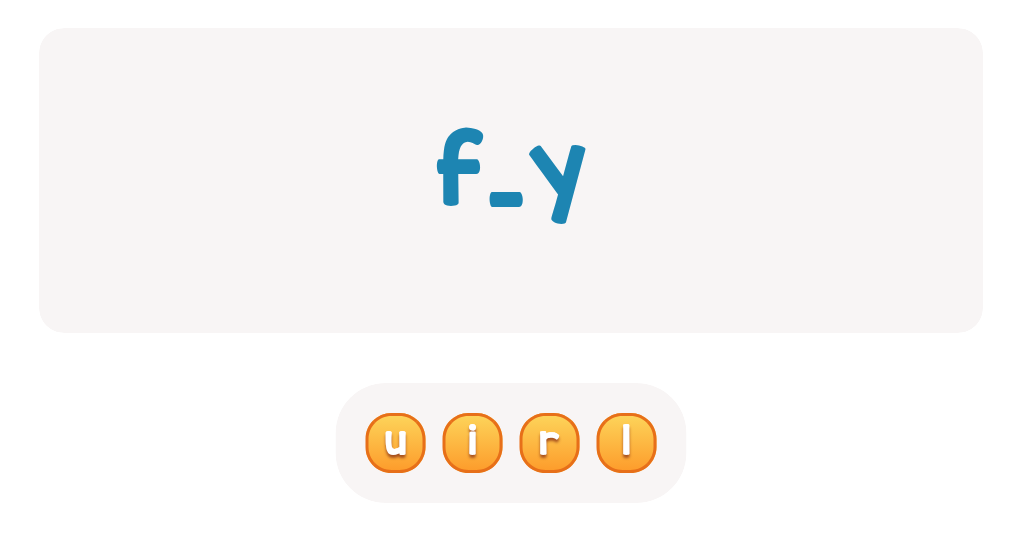

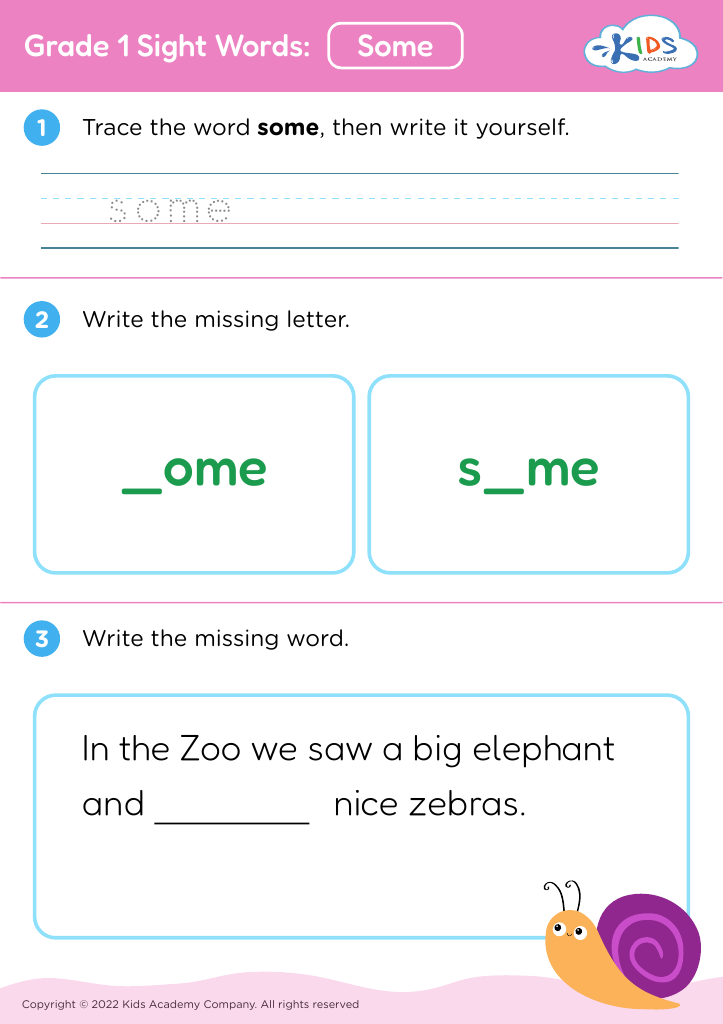


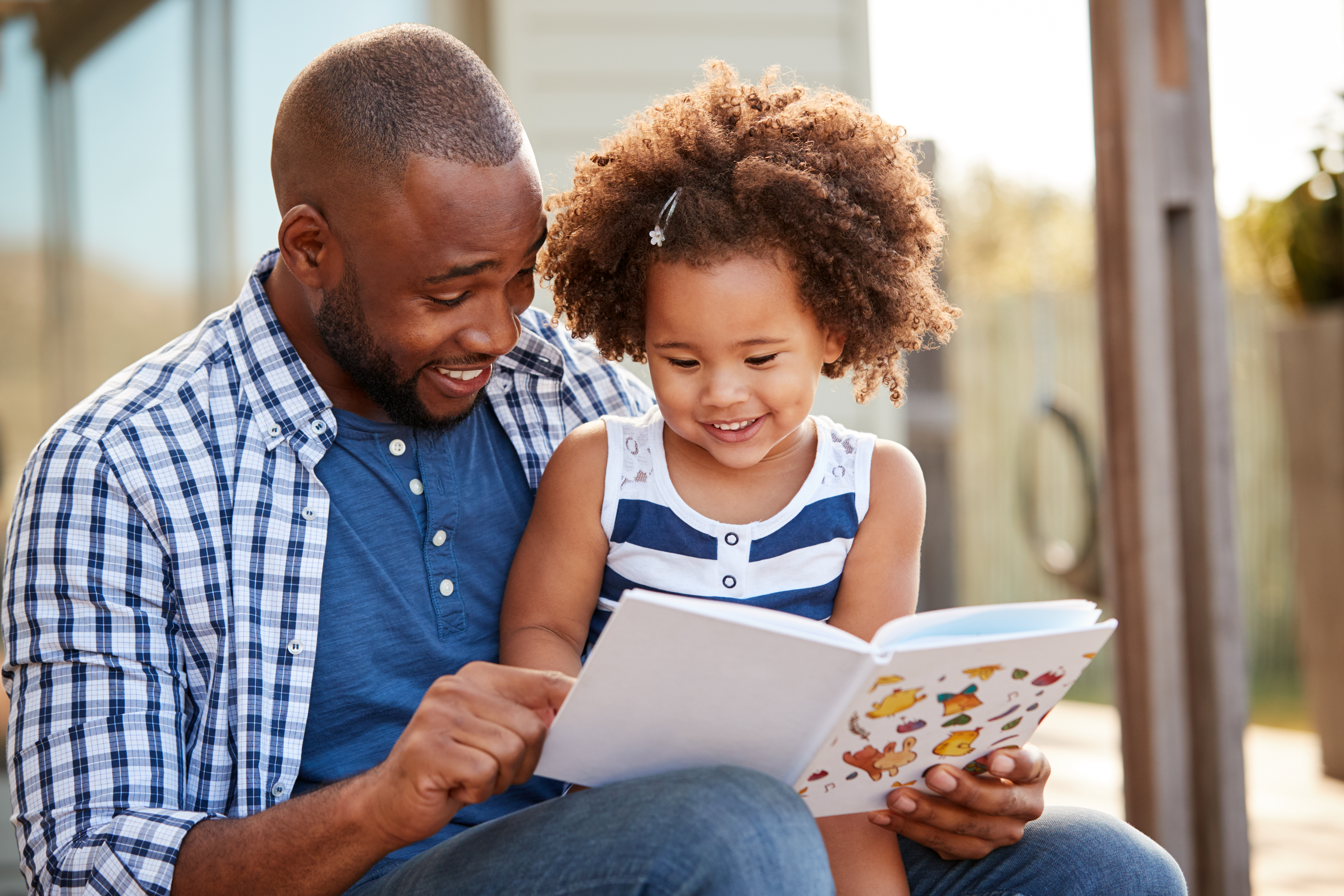
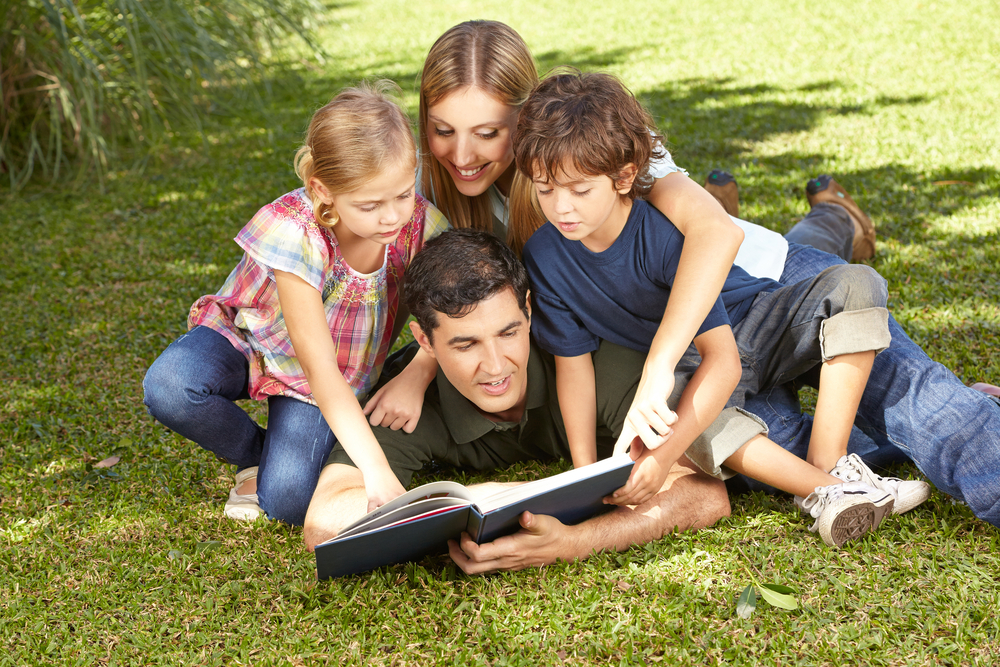
.jpg)











